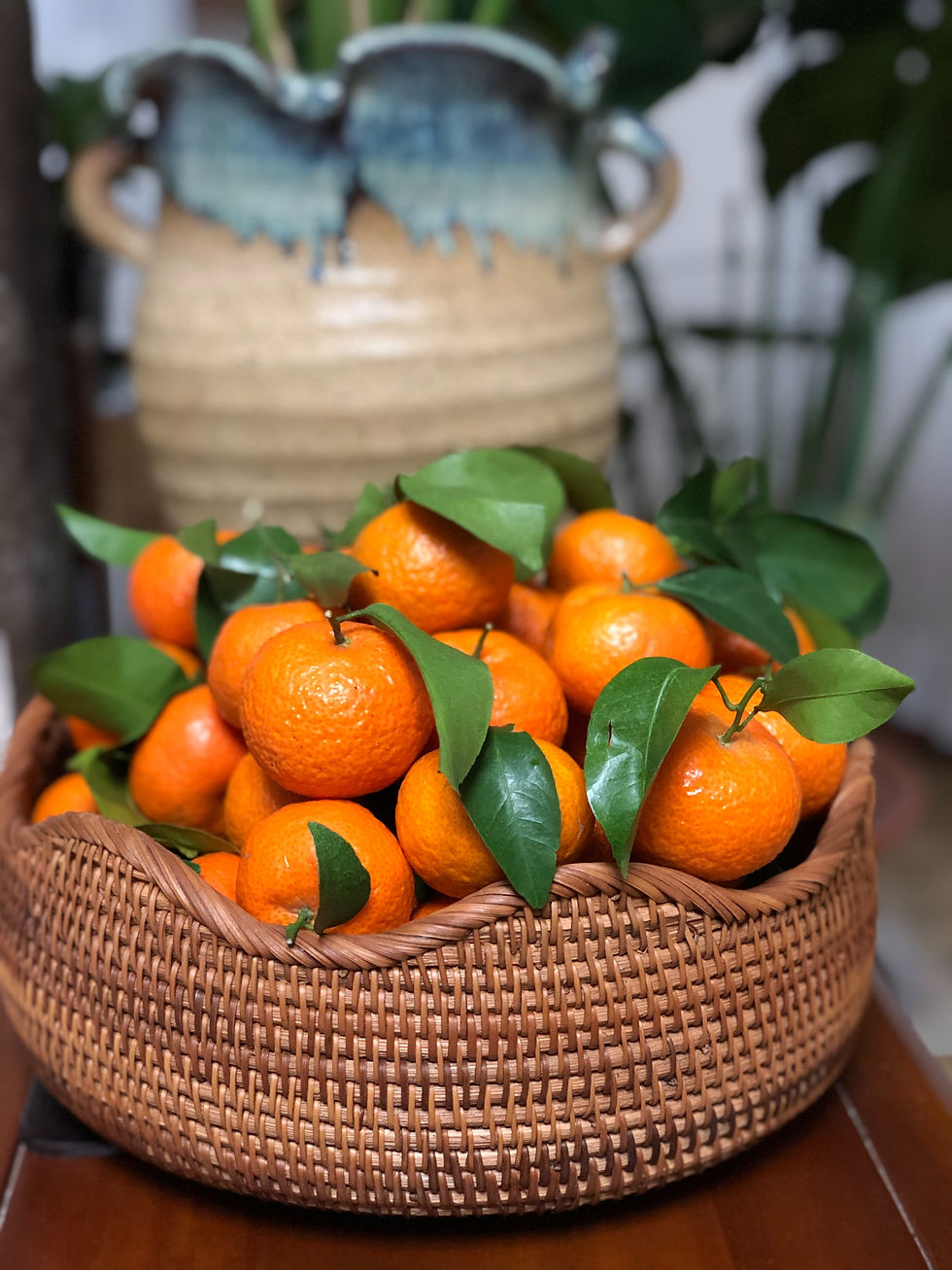Helping your athlete gain weight... without you gaining weight
- Laura McDermott
- Nov 27, 2022
- 4 min read
Having different nutrition needs in the household can be very challenging and can sometimes feel impossible to get everyone what they need without being a full time cook. From the meal planning to prepping to cooking and taking into account the items that everyone will and will not eat is very complex. It may seem like you have to make separate meals for everyone. That is not the case. Here are a few simple ways to help your athlete get adequate calories without adding belt notches onto your own belt.
1. Don’t assemble the dishes. If you are making something like fajitas, don’t combine the meat and veggies (or beans and rice if you are having them) so that the athlete can take more of the meat and the rice and beans than what you would want for yourself, while you can grab more of the vegetables. Staying away from things like casseroles or “one pot” dishes will allow your family members to decide how much of everything is fitting for their needs. Side dishes can also be a great way to differ portions based on needs but can sometimes create extra work in the kitchen. Another example of this would be something like these tostadas:

2. Condiments - having high calorie condiments ready for the athlete’s plate is a great way to individualize their caloric intake without impacting the rest of the family.This can be adding nuts (like cashews or almonds), cheese, avocado, or yogurt. This may make a difference of 200-300 calories. For example, this stuffed pepper soup - adding in avocado, cheese, and/or a side of toast/crackers will help bring up calories and the toast/crackers would help add carbohydrates to make this a more balanced meal for athletes.

3. Portions - If one pot meals work best for your family for whatever reason, the obvious thing would be to just increase the portion given to your athlete. This can become difficult because of the amount of food volume they are comfortable with. Start with small increases in portions, increasing depending on how the athlete feels/what is going on that day. If they are going to have to go run or do something that their stomach is generally sensitive with, this is not the time to push portions.
4. Liquid calories - drinks for athletes can be super beneficial for weight gain because it is not necessarily increasing food volume as discussed with portions and it does not have to impact what the rest of the family is doing. If the athlete already drinks water or another beverage at meal time, switching to something like milk (whole milk if wanting to get the most calories out of it, or soy/pea milk if dairy is not an option) can be a beneficial switch. If the athlete does not drink during meal times normally, adding in a glass of calorie containing beverage (milk, milk alternative, smoothie, juice - specifically if before a workout, etc.) in between meals can also help increase overall calories in the day.

5. Leftovers as snacks - Many times, athletes have a hard time finding “quick” high calorie snacks that are still balanced. Leftovers (if not using them for meals throughout the following days) can be a good way for athletes to increase calories. Instead of grabbing Cheez-Its, they can grab the leftover fajitas, heat it up and chow down. My advice to you is to put them into single serving containers when packing up leftovers instead of putting them into one large container. This can be beneficial to make it one step easier for the athlete to grab and heat quickly, with little thought or effort. This is also something that you can task your athlete with after dinner - portioning the leftovers in clear containers so that they are more likely to remember what is in the fridge and are involved in the process.If you want to go one step farther, organize your fridge so that leftovers always go to a certain spot so it becomes muscle memory and as easy as possible.

6. Higher calorie snacks - going along with the previous point, higher calorie snacks have less impact on the family as a whole and are very important if the athlete has a hard time eating large portions at meals. Examples of high calorie snacks outside of leftovers would be nuts (¼ cup is around 200 calories, so if eating ½ cup you are getting 400 calories), avocado with crackers, whole milk cottage cheese with fruit, whole milk yogurt, smoothie with protein powder and a fat source (avocado, whole milk, olive oil, peanut butter, sun butter, etc.). Finding the time to make this ahead of time or how to pack it so it stays at a controlled temperature or not crushed can be difficult. Getting creative and making routines will help make this successful. This deli snack box is just over 700 calories - a great way to get extra calories separate from family meals.




Comments